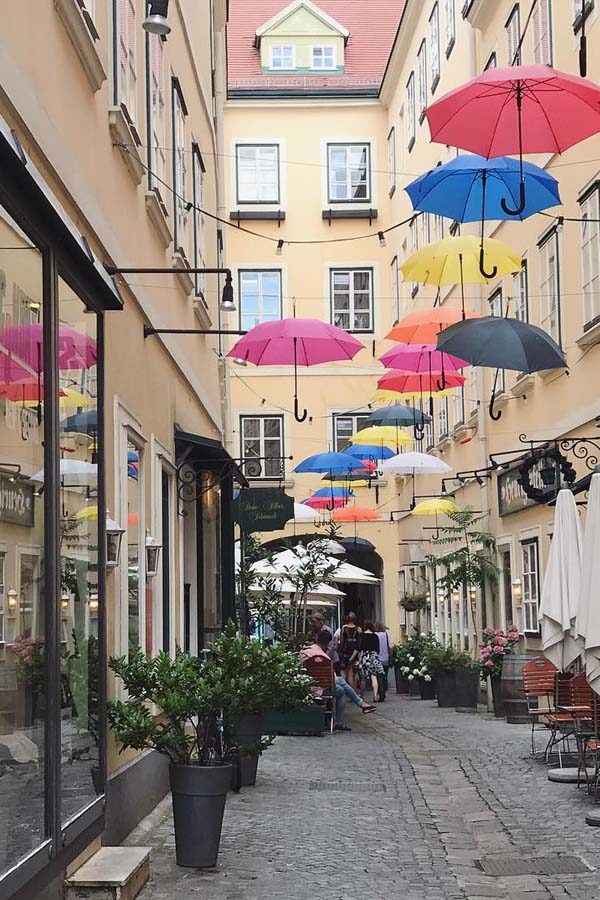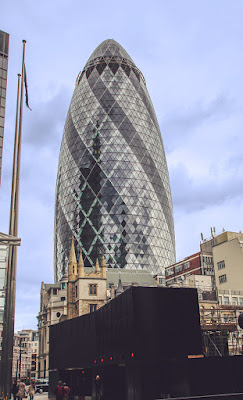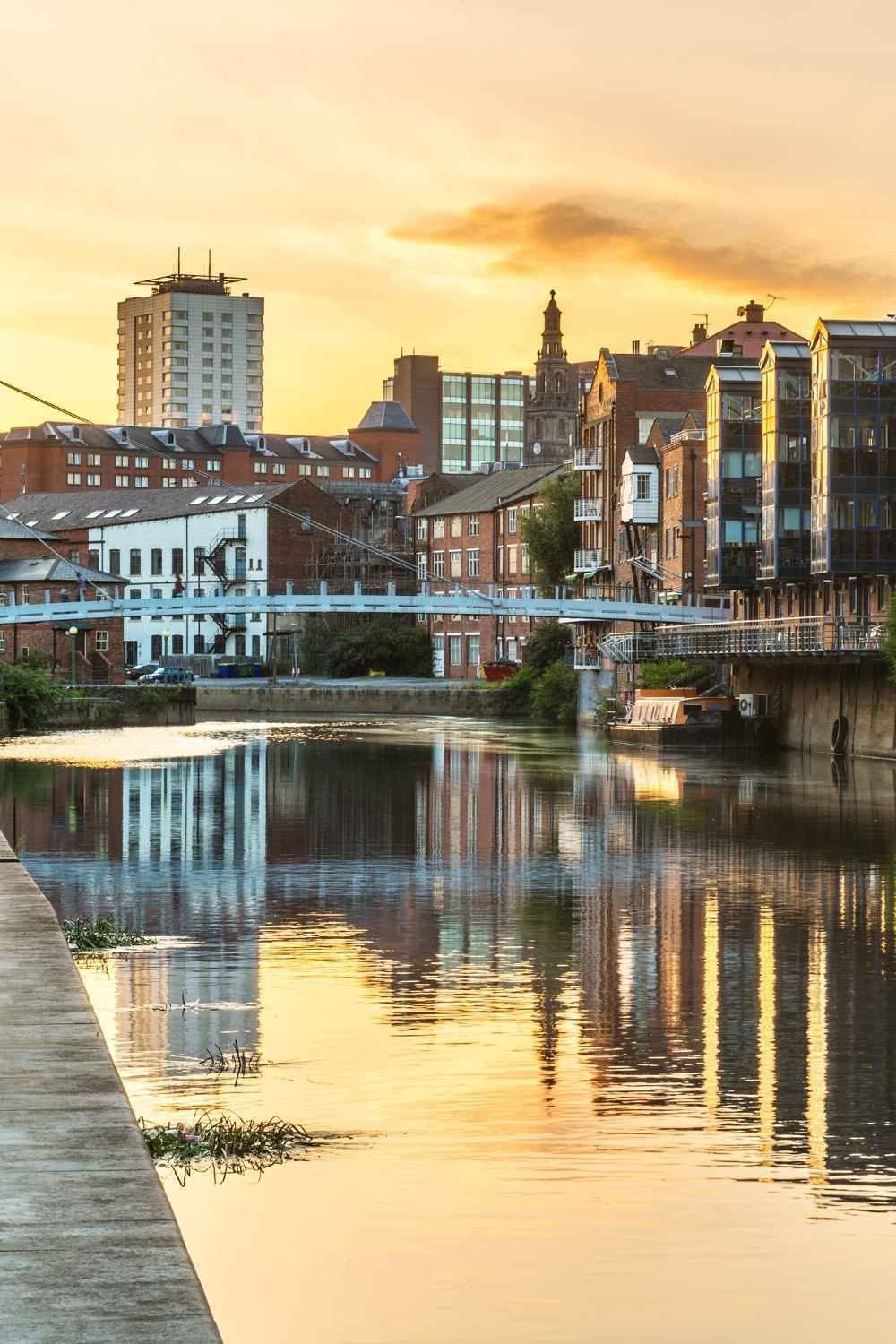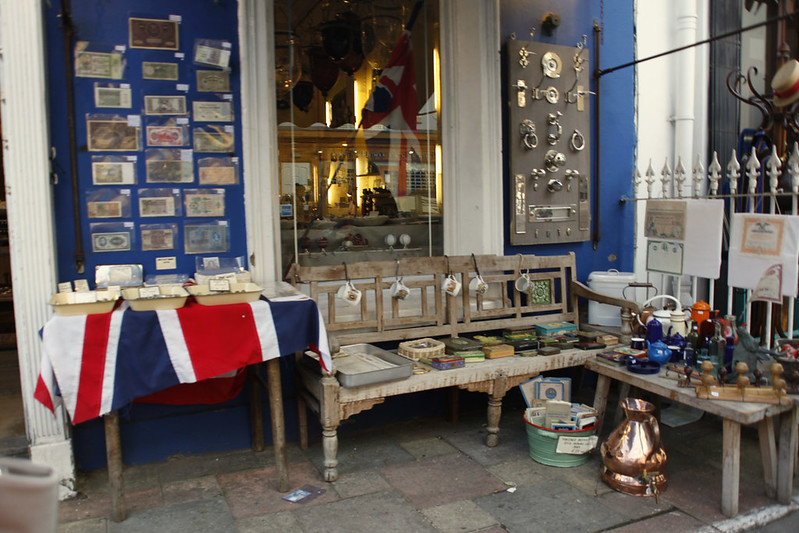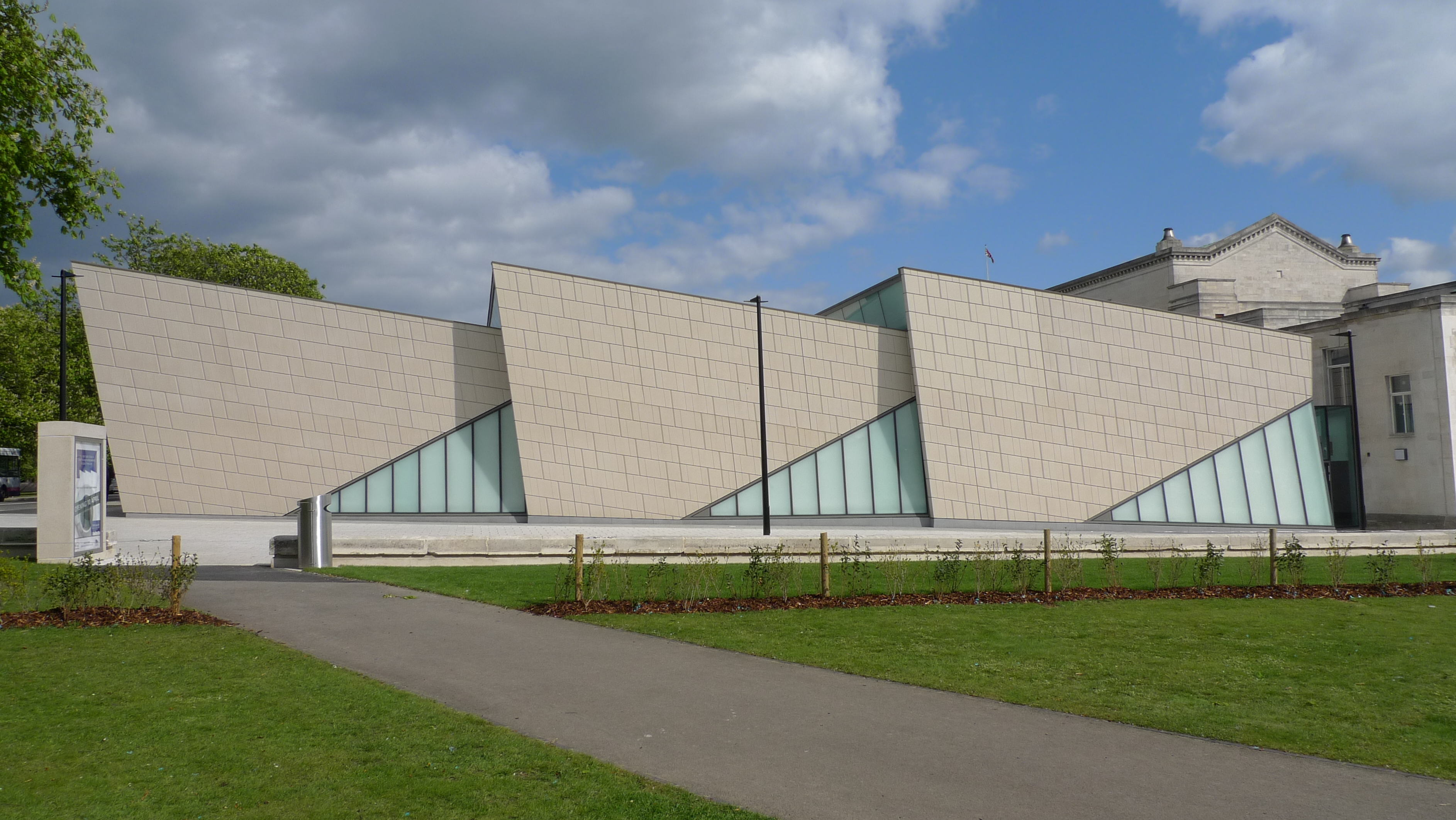
Southampton, the largest city in the county of Hampshire, is a historic port where many of the world’s largest cruise ships continue to dock to this day. In fact, you can find out about last minute cruises from Southampton here.
One of the ships that departed from Southampton on its ill-fated maiden voyage was the Titanic, which has made it an increasingly popular destination for history buffs. The city also has an aviation background as the place where it was built.
If you have also decided to travel to this city, you can’t miss this post! Today we tell you the 6 things you can see in Southampton.

Table of Contents
1. SeaCity Museum
This multi-million-dollar museum opened in 2012 on the 100th anniversary of the departure of the RMS Titanic from Southampton. SeaCity is housed in a renovated wing of the Civic Centre complex that used to house the police station and magistrates court.
Gateway to the World is a celebration of Southampton’s life as a key port in England, documenting the people and goods that have travelled through the city since the Middle Ages.
A head-turner is the one-ton replica of the ocean liner RMS Queen Mary, which sailed between Southampton, Cherbourg and New York until 1967. The “Titanic Story” takes a fresh look at the world’s most infamous maritime disaster, telling the story from the perspective of the crew, many of whom were based in Southampton.

2. Solent Sky Museum
In the early decades of the 20th century, Southampton was home to the aviation manufacturer, Supermarine, which designed the prized Spitfire fighter aircraft. That company gained recognition for its success in the Schneider Trophy, a seaplane race between 1913 and 1931. That race and the history of the Supermarine brand are at the heart of this aviation museum.
There is a Spitfire F.24, as well as the Supermarine S.6, which won the Schneider Trophy in 1929. There is many other British-made equipment such as a de Havilland Vampire, a Slingsby Grasshopper training glider, a Short Sandringham flying boat and a Folland Gnat.
The museum also has propeller and jet engines from Bristol, Napier, Alvis and Rolls-Royce.
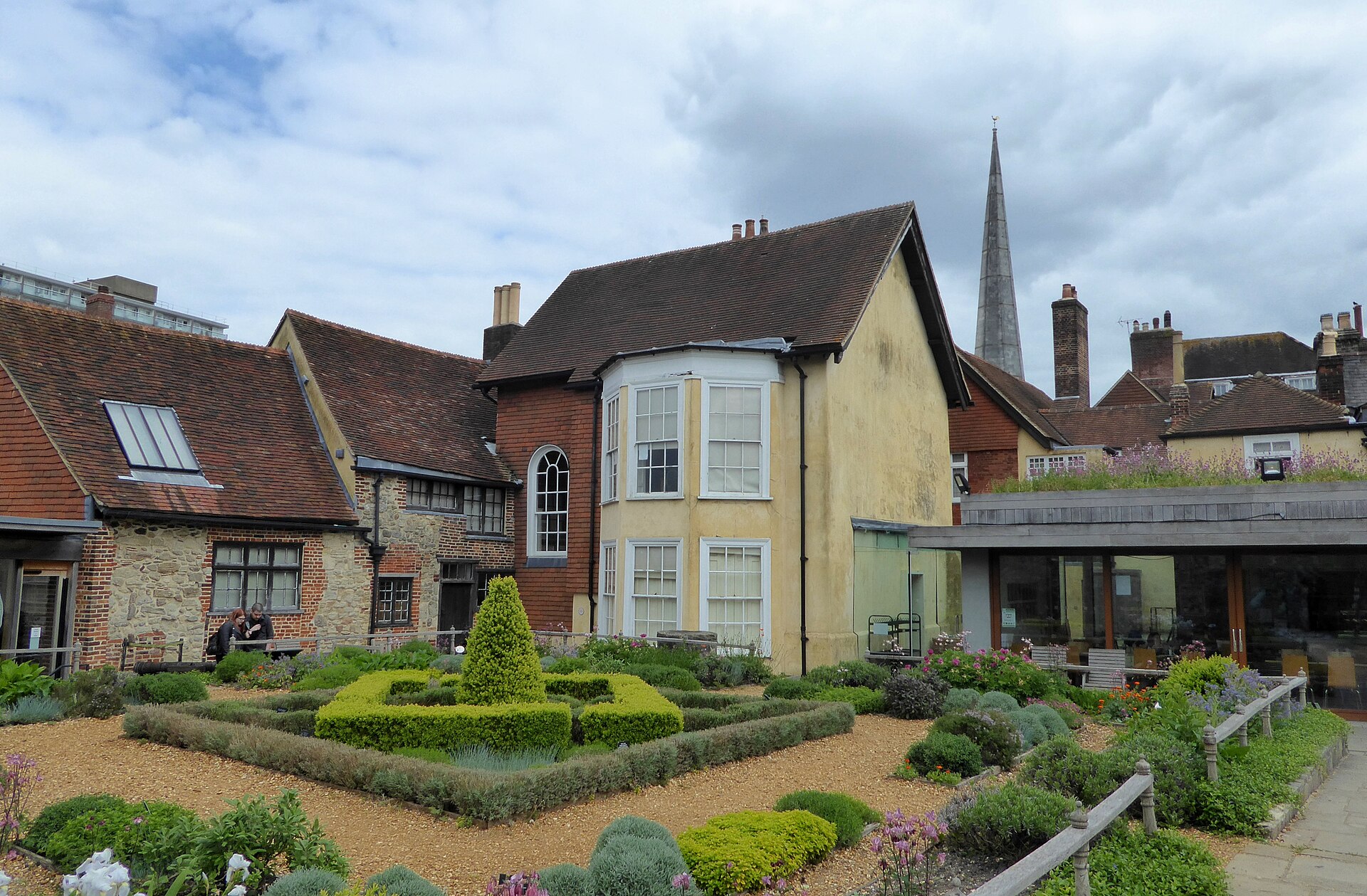
3. Tudor House and Garden
This dignified 15th century house on Bugle Street became the city’s first museum when it opened to the public in 1912. The half-timbered Tudor house and garden was renovated during a nine-year closure until 2011, and inside you can familiarise yourself with the people who lived and worked here over the centuries.
At one time, the house contained artists’ studios, bonnet makers, dyers and bookbinders, and in the 19th century it was a notorious slum, filled with unhealthy, old-fashioned properties that had limited running water.
You can trace each chapter in the building’s history with the help of multimedia displays and artefacts in glass cases. The Renaissance-style Garden is home to King John’s Palace, a 12th-century Norman dwelling, while the house also has a stately Georgian wing hired for functions.

4. Mayflower Theatre
One of the main cultural attractions for Southampton is its 2,300-seat theatre, which has been reinvented several times since its opening as the Empire Theatre in 1928. The Mayflower is a Grade II listed building, and when it was known as the Gaumont between 1950 and 1986 it played host to The Beatles, Jimi Hendrix, The Rolling Stones and Queen.
Now the programme is dominated by theatrical productions and musicals such as adaptations of Kite Runner, War Horse, Blood Brothers and Full Monty. There’s also opera, concerts by cover acts and shows by some of Britain’s favourite comedians, from Bill Bailey to Sarah Millican.
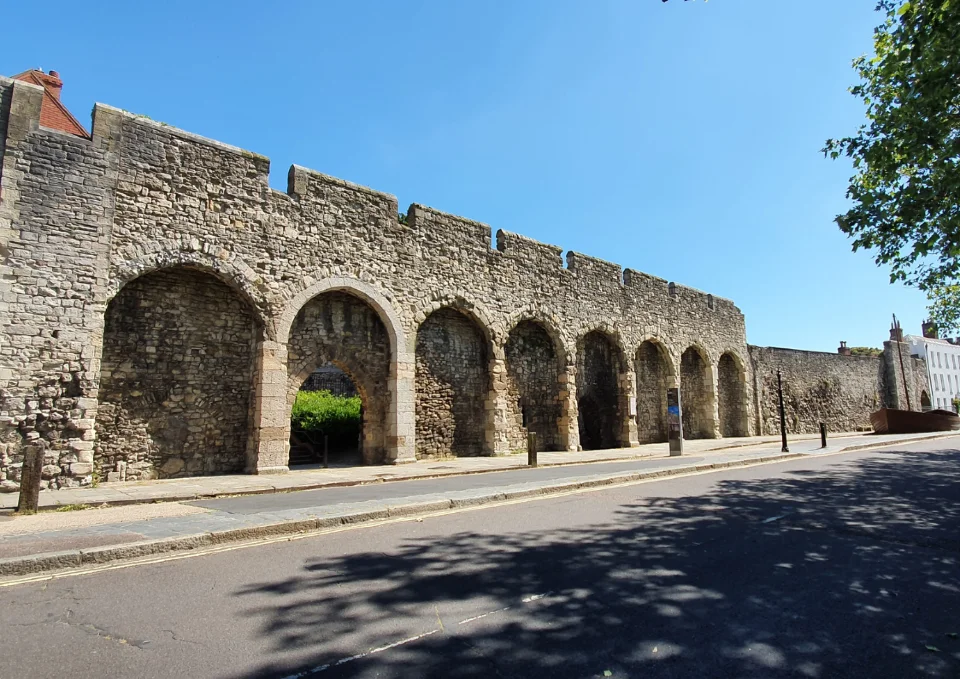
5. City Walls
Southampton’s Old Town is protected by some of the most comprehensive medieval defences in the country. These have their roots when Southampton was resettled in the 10th century.
In 1338 Southampton suffered a French raid, and later that century the response was to revise the defences with a two-kilometre curtain, broken by eight gates and reinforced with 29 towers.
On the north and west sides, a one-kilometre walking circuit has been preserved along Bargate Street, Back of the Walls, Town Quay and Western Esplanade. There are panels explaining the architecture and some of the events that took place at these locations and you can climb up portions to see the Old Town and New Forest.
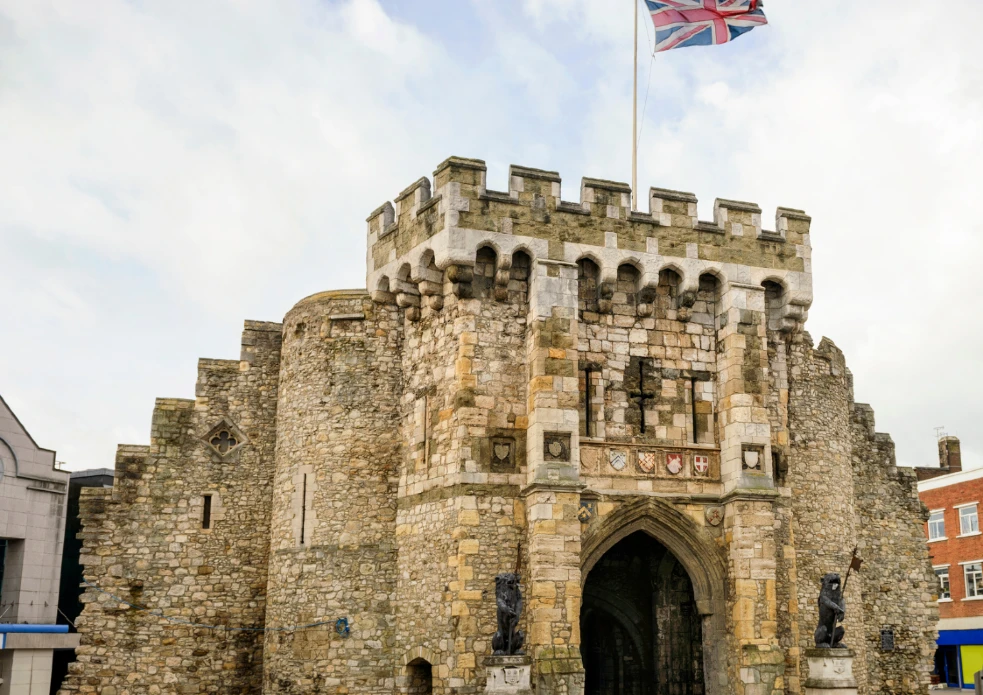
6. Bargate
First built from limestone and flint in the late 12th century, Bargate took its present form a century later when it was flanked by two mighty drum towers and given arrow loops.
Also altered at that time, the south side of the gateway is much more ornate, with a row of four lancet windows above five Gothic arches. In a niche above the central doorway is a statue of King George III in Romanesque attire, dating from 1809, which replaces a wooden representation of Queen Anne who reigned in the early 18th century.
